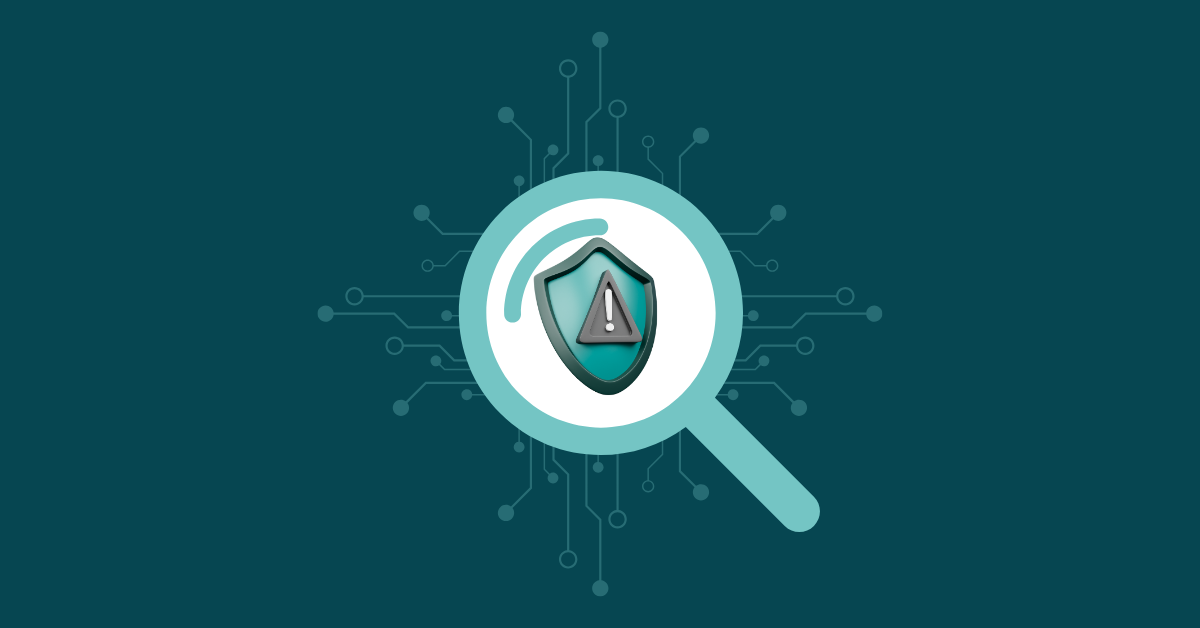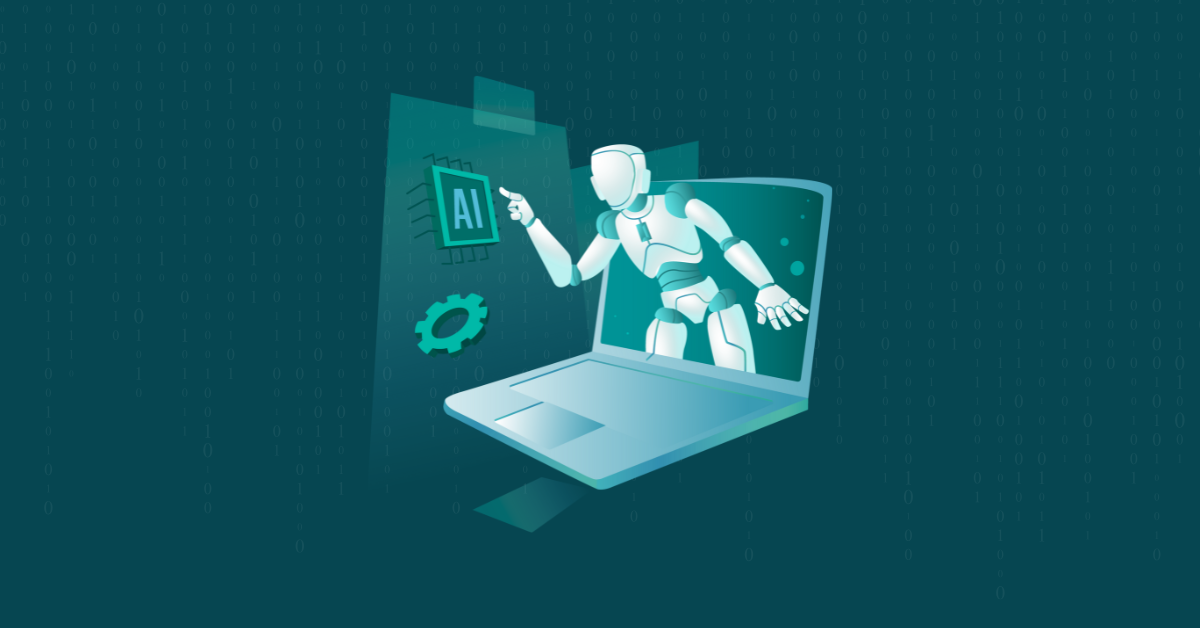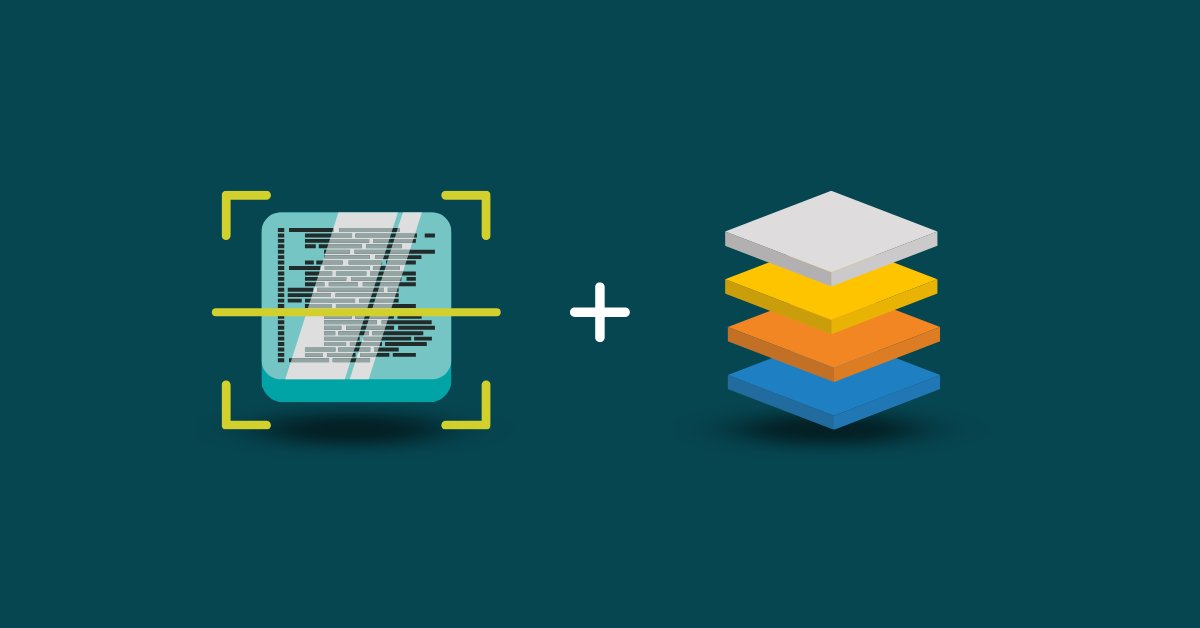

Artificial intelligence (AI) is reshaping cybersecurity. It’s being used to defend networks and to launch more sophisticated attacks. AI and cybersecurity are now closely connected, for better and worse.
As threats become more advanced and harder to detect, it’s crucial for organizations to understand how AI is changing the way we protect systems—and how to use it wisely. This isn’t just about adopting smarter tools; it’s about rethinking how we approach risk, respond to incidents, and stay resilient in a fast-moving, automated world.
The rapid evolution of AI has brought powerful new technologies into today’s security workflows. Tools powered by deep learning, large language models (LLMs), reinforcement learning, and generative AI help teams detect patterns in real time, anticipate threats, and even take autonomous action when needed.
Over the past decade, AI has advanced dramatically. Deep learning models now outperform traditional algorithms in tasks like image and speech recognition. Natural Language Processing (NLP) has taken major leaps, thanks to transformer models like BERT and GPT, making it easier for machines to understand and generate human language.
Techniques like reinforcement learning allow AI systems to adapt and learn from experience. Meanwhile, edge AI is bringing real-time decision-making to devices like smartphones and IoT sensors. Together, these innovations are laying the groundwork for more responsive, intelligent, and autonomous security systems.
As AI becomes more accessible, attackers are weaponizing it to create more targeted, evasive, and scalable cyberattacks. Below are four major threat types that highlight the risk:
One of the earliest examples of AI-driven cyber threats is DeepLocker, a proof-of-concept malware developed by IBM. Unlike traditional malware, DeepLocker uses AI to hide, identify, and strike, all while remaining undetected until the perfect moment.
DeepLocker illustrates a new class of threats: AI-powered malware that adapts, evades, and strikes with precision. It’s a wake-up call for cybersecurity teams. Defending against these threats requires advanced, AI-driven detection methods that go beyond signature matching and static rules. Defenders need to protect their apps from tampering and reverse engineering—especially with embedded AI logic. Learn more about application hardening.
Data poisoning attacks involve injecting malicious or misleading data into a machine learning model’s training set. This manipulation corrupts the model’s output and can lead to incorrect or dangerous behavior, especially in critical systems like autonomous vehicles, fraud detection, or recommendation engines.
Evasion attacks refer to techniques used by adversaries to bypass detection by AI-based systems, particularly classifiers. These attacks exploit vulnerabilities in machine learning models by subtly altering malicious inputs, causing the system to misclassify them and allowing threats to slip past security defenses unnoticed.
AI can now discover and exploit software vulnerabilities automatically and at a scale and speed that human hackers simply can’t match.
AI significantly impacts cybersecurity by automating and improving many aspects of threat detection, analysis, and response. Below are some of the key ways AI is being used to enhance security across modern systems and workflows:
While AI offers powerful advantages for cybersecurity, it also creates new risks that organizations need to address.
AI models themselves can be targets. If attackers manipulate their training data, input, or behavior, these models may produce flawed results or make dangerous decisions. That’s why it’s critical to protect not just your infrastructure, but the AI itself. Learn more in this post on AI in application security.
To address these challenges, organizations should adopt best practices for responsible AI development, such as validating training data, testing models for bias, implementing monitoring and alerts, and ensuring human oversight.
AI isn’t replacing security professionals; it’s empowering them. AI tools can:
As cybersecurity threats continue to evolve, the human element remains essential. AI can analyze patterns at scale, but human analysts still interpret signals, assess business context, and make final judgment calls. This partnership between people and intelligent systems will define the next generation of cybersecurity resilience.
AI also supports continuous learning through adaptive training modules, helping security teams stay up to date with the latest threats and technologies. These tools are especially valuable for understaffed or overburdened security teams trying to maintain readiness in a constantly shifting threat landscape.
AI is rapidly reshaping the cybersecurity landscape. While it empowers attackers to create more evasive threats, it also gives defenders the tools to detect, respond to, and prevent attacks with greater speed and precision.
To keep pace, organizations must adopt a layered, AI-augmented security strategy grounded in governance, automation, and human oversight.
Want the full picture? Download the full ebook to explore how AI is influencing cybersecurity and application security, from threat detection to defense strategies.
Looking to strengthen your AppSec program? Kiuwan is a comprehensive application security platform that empowers developers to find and fix vulnerabilities early, enforce coding standards, and secure open-source components. Trusted by global brands for over 20 years, Kiuwan supports 30+ languages and integrates with leading DevOps pipelines so your team can deliver secure software with confidence. Request a free demo of Kiuwan today!
The use of AI in cybersecurity has expanded rapidly, helping organizations detect security threats, reduce response times, and improve incident response. AI algorithms can monitor network traffic, flag anomalies, and even recommend remediation steps—making them a key part of modern security operations.
AI introduces new challenges. Cybercriminals now use deepfakes, adversarial inputs, and data poisoning to bypass traditional defenses. At the same time, poorly trained AI technologies can produce biased results, miss emerging threats, or expose sensitive information if not managed with proper risk management practices.
AI helps cybersecurity professionals by automating repetitive tasks and surfacing high-priority alerts. With AI-enabled tools, security analysts can focus on strategic decision-making instead of sifting through noise. These tools also optimize incident response by rapidly identifying affected systems and potential attack vectors.
Traditional tools like firewalls rely on signatures and predefined rules. In contrast, AI-enabled tools adapt by learning from vast amounts of data and can detect anomalies in real time. They help organizations maintain a stronger security posture across the entire application lifecycle.
Yes. Since human error is a major cause of breaches, AI can help by automating code reviews, spotting misconfigurations, and reinforcing data privacy policies. This reduces the likelihood of accidental exposures or missteps that leave systems vulnerable.
Kiuwan is a comprehensive security solution that helps organizations build secure software from the ground up. While it doesn’t use AI directly, it complements AI in cybersecurity by providing SAST to detect vulnerabilities early in the lifecycle. This supports a proactive approach to cloud security, secure AI deployment, and overall risk management.


